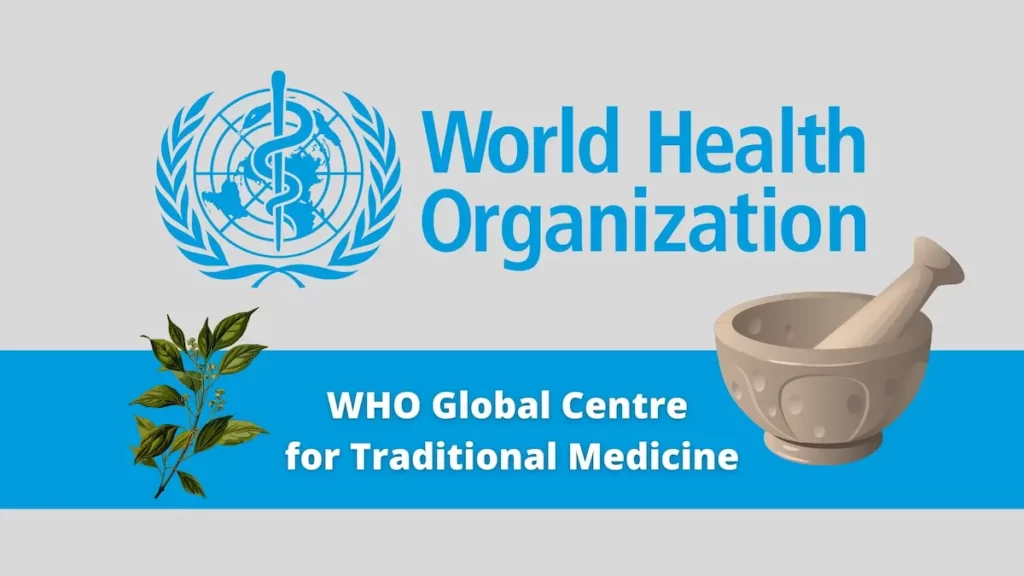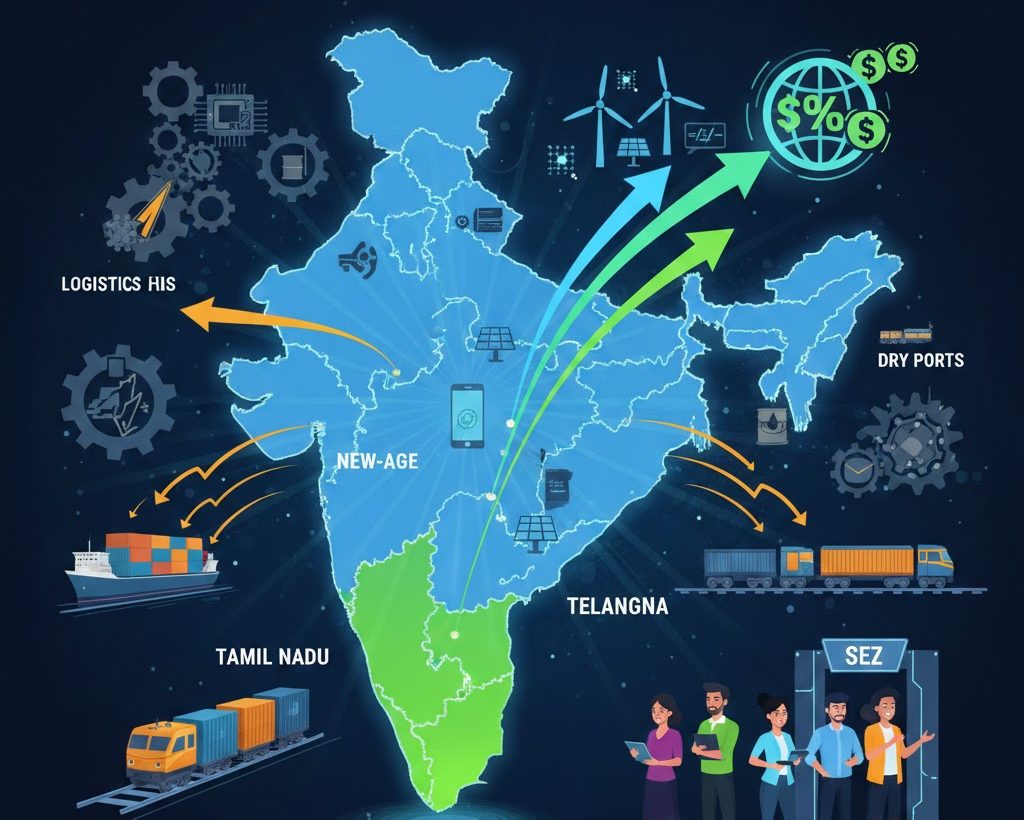Font size:
Print
Addressing Left-Wing Extremism: Beyond a Militaristic Approach
Context:
While the Left-Wing Extremism (LWE) movement has significantly weakened over the years, recent operations in Bastar, Chhattisgarh (March 20, 2025), resulting in 30 alleged Maoists being killed, highlight the ongoing counterinsurgency efforts. A purely militaristic approach to eliminating the Maoist threat, however, poses challenges, particularly with regard to tribal repression and human rights violations.
Evolution and Weakening of the Maoist Insurgency
- The insurgency peaked during the mid-to-late 2000s, prompting the government to label it the “greatest internal security threat”.
- The movement has since been restricted to forested regions of southern Chhattisgarh and adjacent areas.
- Factors leading to its decline:
- State-led development initiatives in tribal areas.
- Increased security operations and intelligence-driven tactics.
- Erosion of mass support due to the Maoists prioritising militarism over public welfare.
- Disruptions in Maoist recruitment and logistics networks.
Challenges in the Militaristic Approach
- While the decline in Maoist influence is evident, a purely militaristic strategy has limitations.
- Historical lessons from anti-insurgency operations highlight the risks of excessive force:
- Salwa Judum (2005-2011) – A vigilante movement that led to human rights violations and Supreme Court intervention.
- Civilian casualties – Security operations often result in tribals being caught in the crossfire.
- Potential for alienation – Excessive use of force may fuel resentment among tribal communities, inadvertently strengthening Maoist narratives.
- Failure of force-alone strategy in global contexts:
- Colombian insurgency (FARC) – Ultimately resolved through negotiated peace.
- Nepalese Maoists – Transitioned into mainstream
politics via a political settlement.
Need for a Holistic Approach
- Civil Society Engagement & Rehabilitation
-
- Encourage Maoist cadres to surrender by
offering rehabilitation incentives.
- Use civil society organisations (CSOs) to facilitate communication between the government and affected communities.
- Strengthen tribal representation in local governance structures to reduce alienation.
- Development and Governance Initiatives
-
- Improve access to education, healthcare, and employment opportunities in Maoist-affected regions.
- Address land rights and displacement issues to prevent exploitation by insurgents.
- Ensure transparent implementation of welfare schemes in tribal areas to build trust.
- Intelligence-Driven and Targeted Security Operations
-
- Minimise collateral damage by using precise intelligence-based operations.
- Strengthen police capacities and local intelligence networks for effective counterinsurgency.
- Avoid excessive militarisation, which may reinforce insurgent narratives.
- Political and Peace Dialogues
-
- Facilitate dialogue with Maoist factions willing to engage in a peace process.
- Follow the Nepalese and Colombian models, where armed groups integrated into mainstream politics.
- Encourage localised conflict resolution mechanisms, involving tribal leaders and grassroots organisations.
Government actions and operations against LWE
- SAMADHAN Doctrine: Serves as a comprehensive strategy against LWE, incorporating:
- Smart Leadership, Aggressive Strategy, Motivation and Training, Actionable Intelligence, Dashboard-Based KPIs and KRAs, Harnessing Technology, Action Plan for Each Theatre, and No Access to Financing
- ROSHNI: Launched in 2013 under Pandit Deen Dayal Upadhyaya Grameen Kaushalya Yojana, aimed at training and placing rural youth from 27 LWE-affected districts across 9 states.
- Left Wing Extremism Division: Established in 2006, implementing security schemes for capacity building and monitoring LWE situations and state responses.
- For quality education in tribal blocks of LWE affected districts 130 Eklavya Model Residential School (EMRS) have been made functional in LWE affected districts.
- Security Related Expenditure (SRE) Scheme
- Special Infrastructure Scheme (SIS)
- Scheme of Fortified Police stations
- Assistance to Central Agencies for LWE management Scheme
- Road Connectivity Project for LWE affected areas (RCPLWE)
- LWE Mobile Tower Project
- Aspirational Districts Programme
Counter-insurgency efforts
- Salwa Judum: Villagers responded to Naxal interference in tendu leaf trade by recruiting local tribes & former Naxalites as Special Police Officers (SPOs).
- GreyHounds: Elite commando force of combined Andhra Pradesh state, known for guerrilla tactics akin to Maoists.
- Operation Green Hunt: It was an unofficial term used to describe the “all-out offensive” launched by the government of India’s paramilitary forces and the state’s forces to defeat the Naxalites.
Way Forward
- Bandyopadhyay Committee (2006) recommended tribal-friendly land acquisition and rehabilitation as a means to counter this issue.
- Innovative measures are needed to prevent IED (Improvised Explosive Device)-related incidents, which have caused significant casualties.
- The 2nd ARC suggested a 14-point policy to curb LWE, with key points including:
- Strengthening Local Police Stations:
- Capacity building of administrative institutions: The Scheduled Tribes and Other Traditional Forest Dwellers (Recognition of Forest Rights) Act, 2006 seeks to enhance institutional capacity in tribal areas.
- Capacity building of local bodies: The enactment of the provisions of the Panchayats (Extension to the Scheduled Areas) Act, 1996, commonly known as PESA, is a welcome initiative aimed at ensuring grassroots management of community affairs.
- Cutting the source of finance for Naxalites, who raise funds through extortion and illegal mining operations facilitated by a nexus of contractors, transporters, and extremists.


